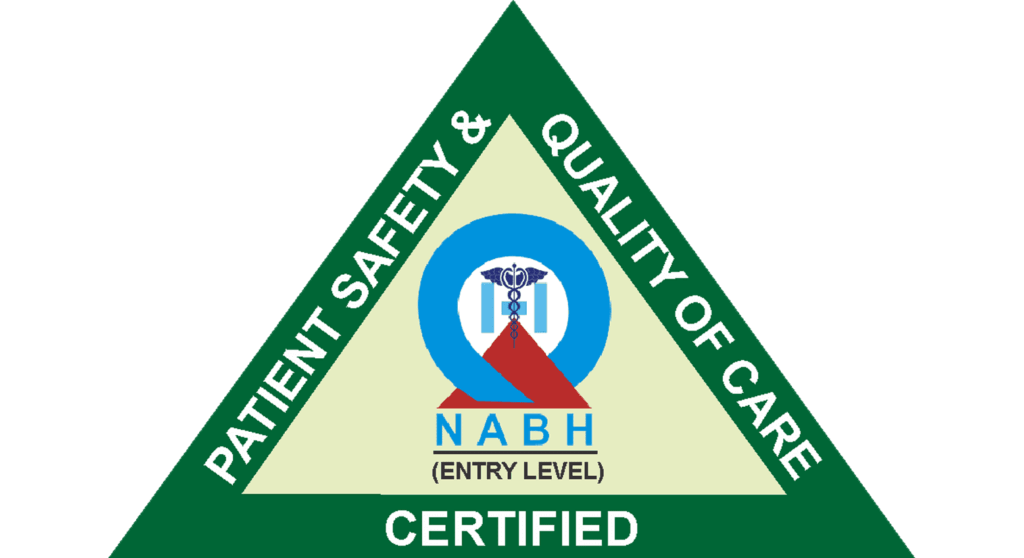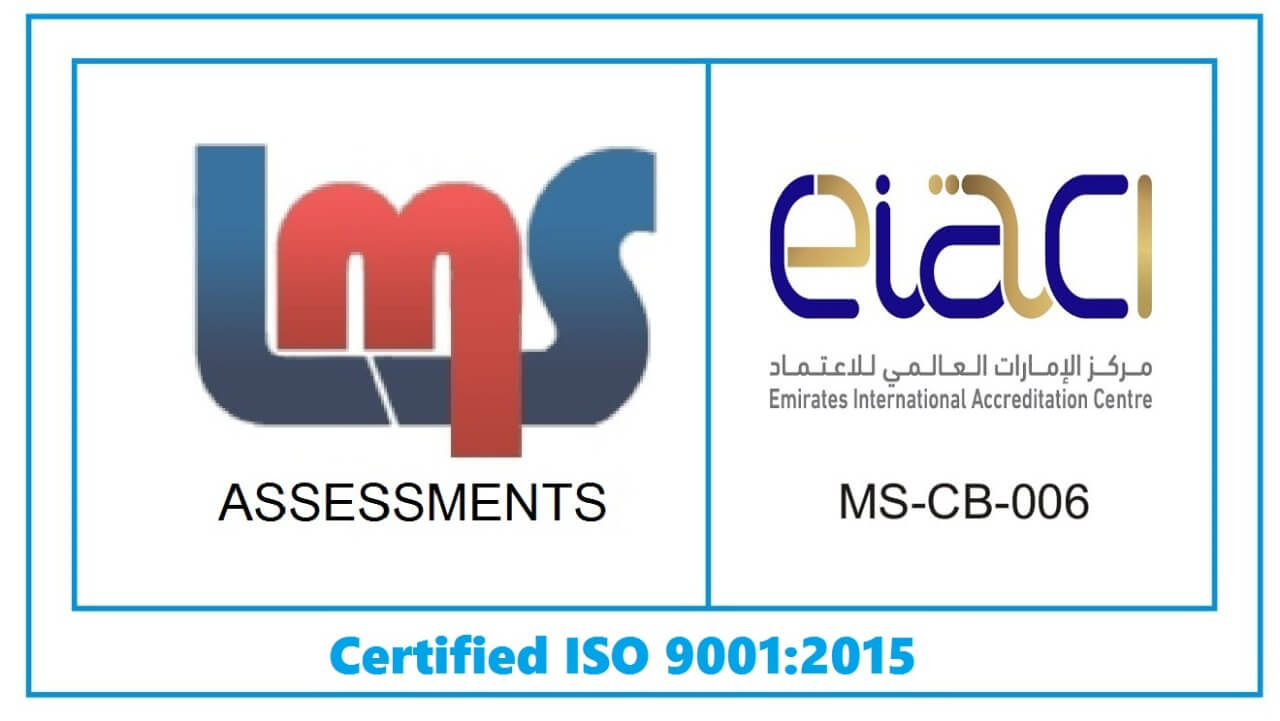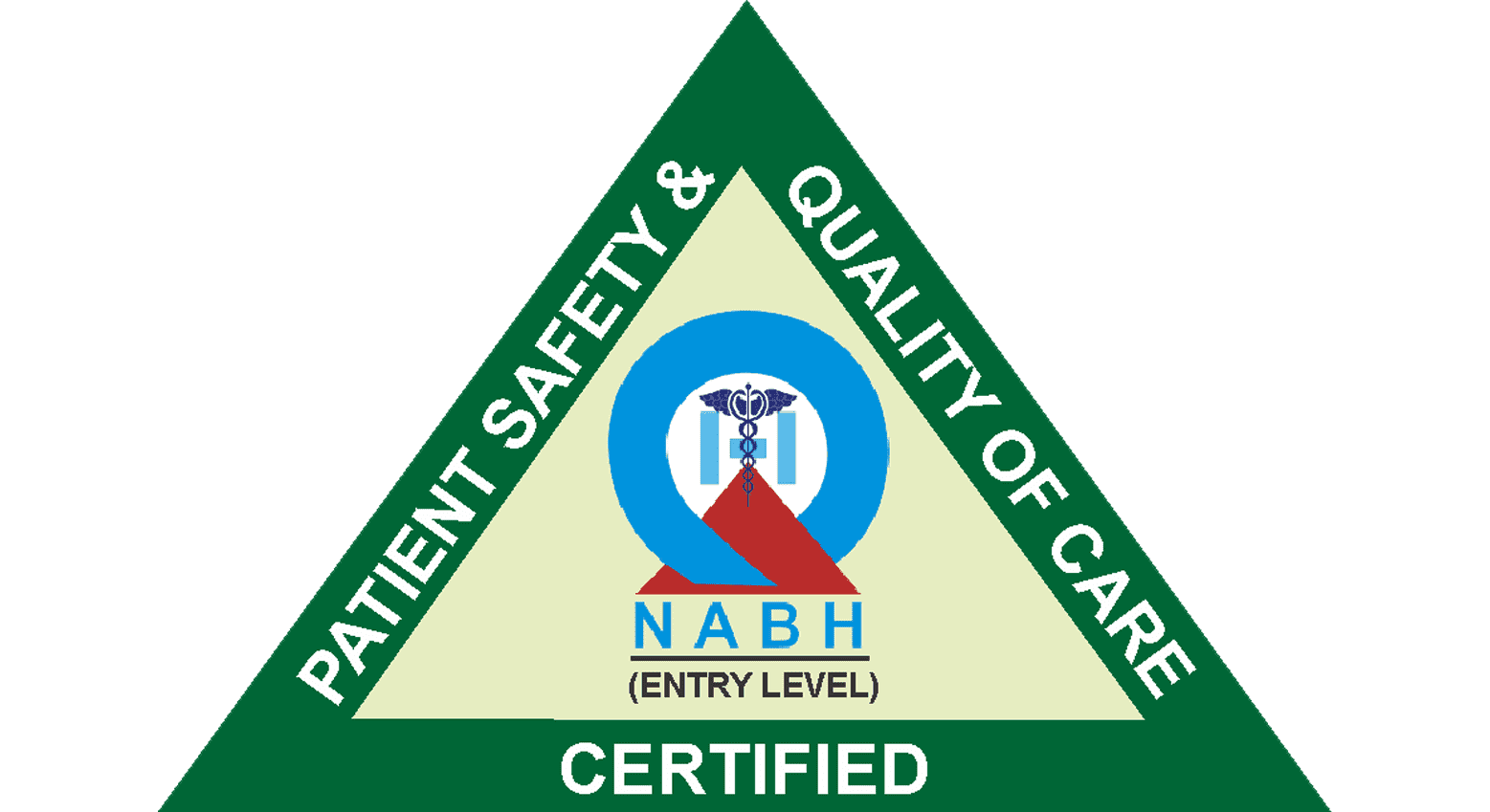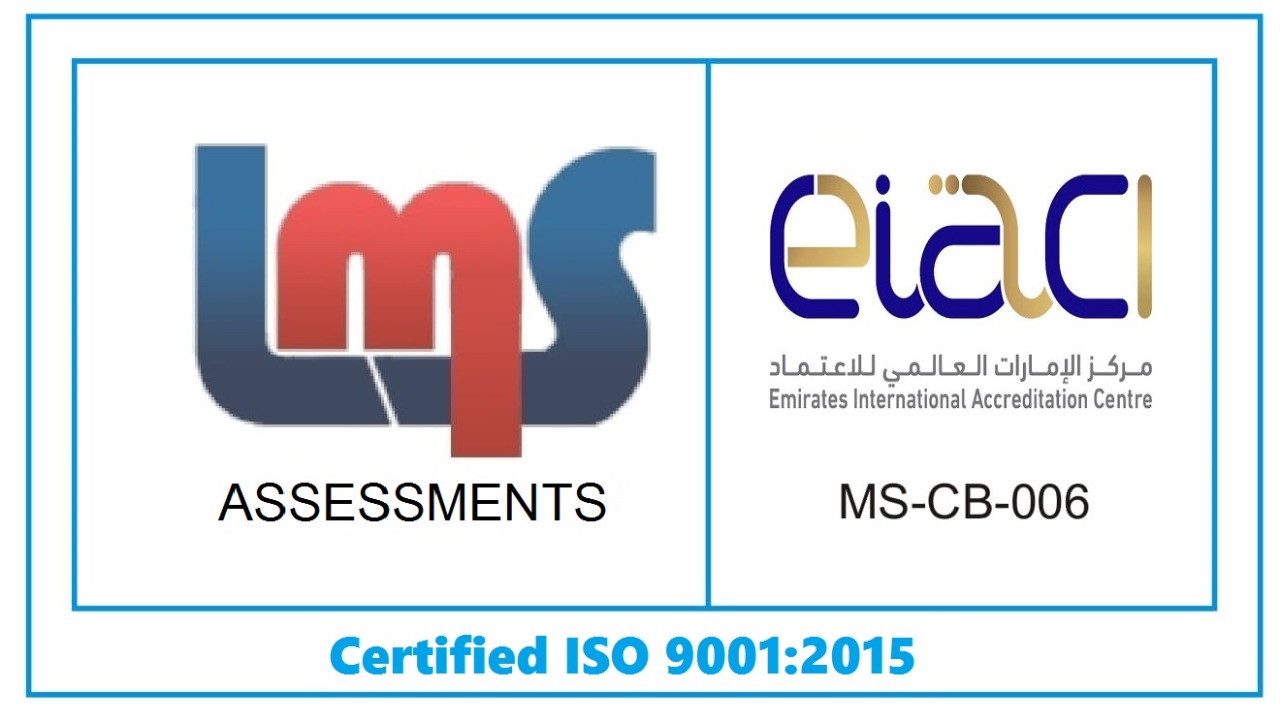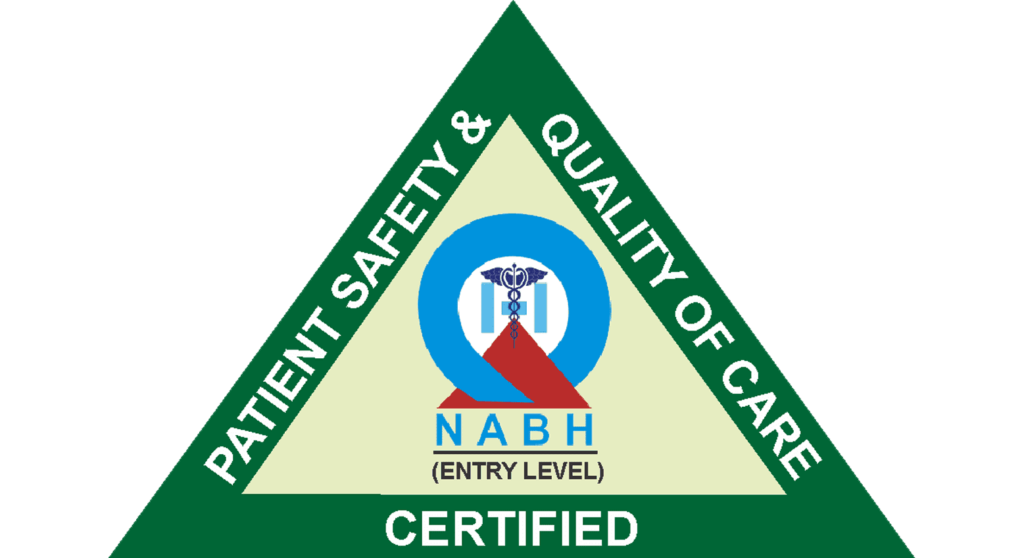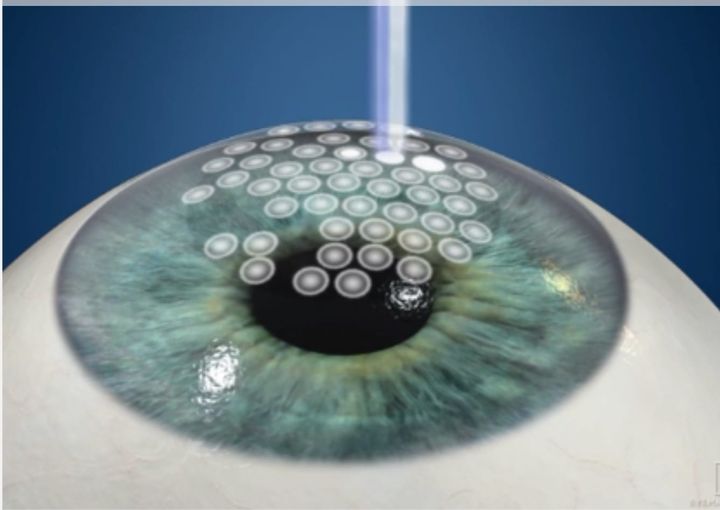

Photorefractive Keratectomy Surgery
What is photorefractive keratectomy?
One of the kinds of laser eye surgery recognized as photorefractive keratectomy surgery (PRK) is used for treating astigmatism, hyperopia, and myopia, or nearsightedness and farsightedness. It is considered the most traditional and often-used method of refractive surgery. with the help of a blade or alcohol, the surgeon precisely removes the cornea’s thin exterior layer, known as the epithelium. The cornea’s curvature is modified with an excimer laser following the removal of the epithelium layer. A soft contact lens is placed on the treated cornea to aid in healing once laser ablation is finished.
PRK Procedure
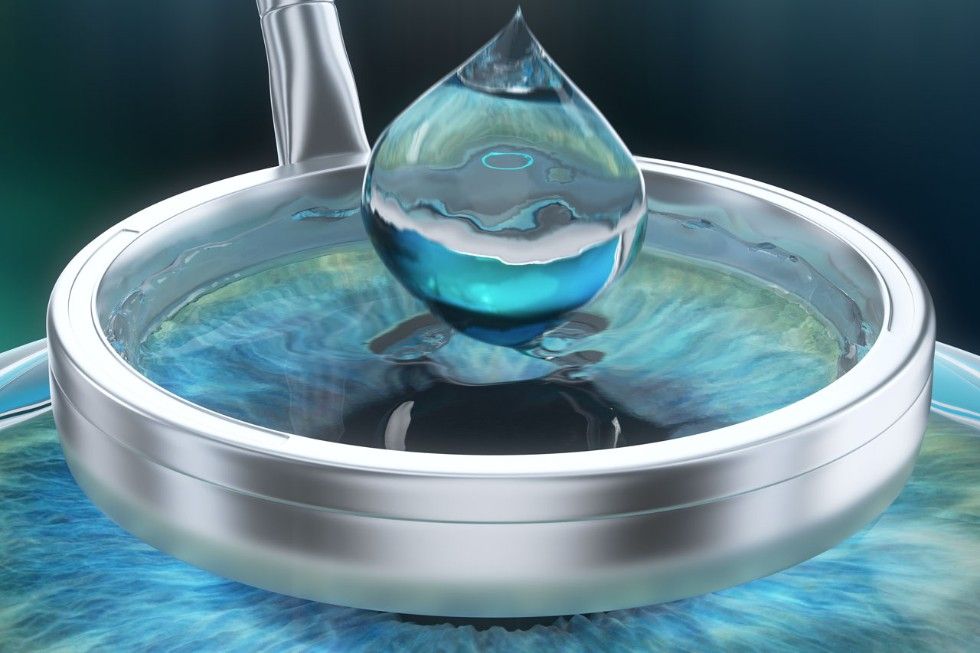
Step 1
Layer Preparation
The cornea is supplied with a weakened alcohol solution to access the epithelial layer.

Step 2
Layer removal
Gradually via a manual instrument, the epithelial layer is either removed or relocated.
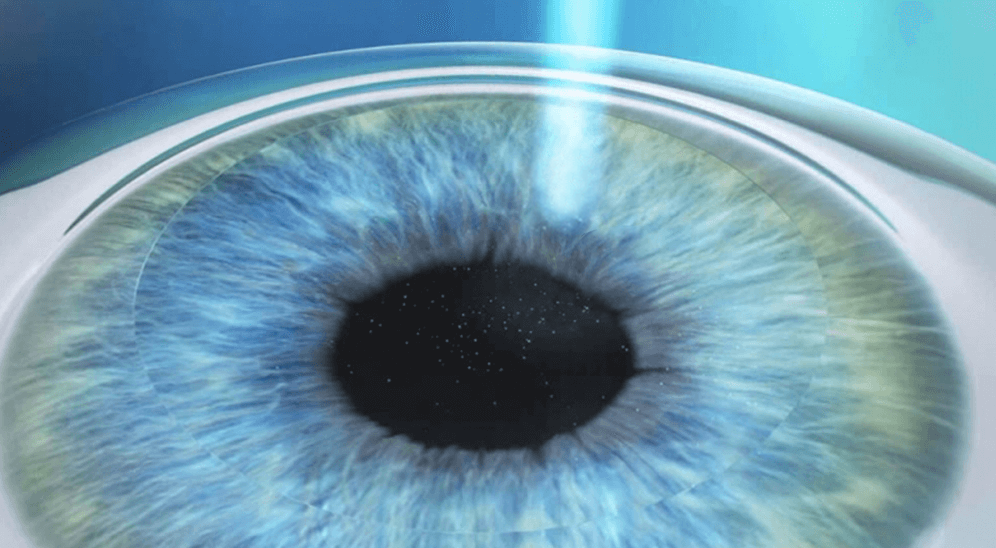
Step 3
Corneal sculpting
PRK laser surgery corrects the refractive error through an excimer laser that reshapes the corneal tissue in seconds.
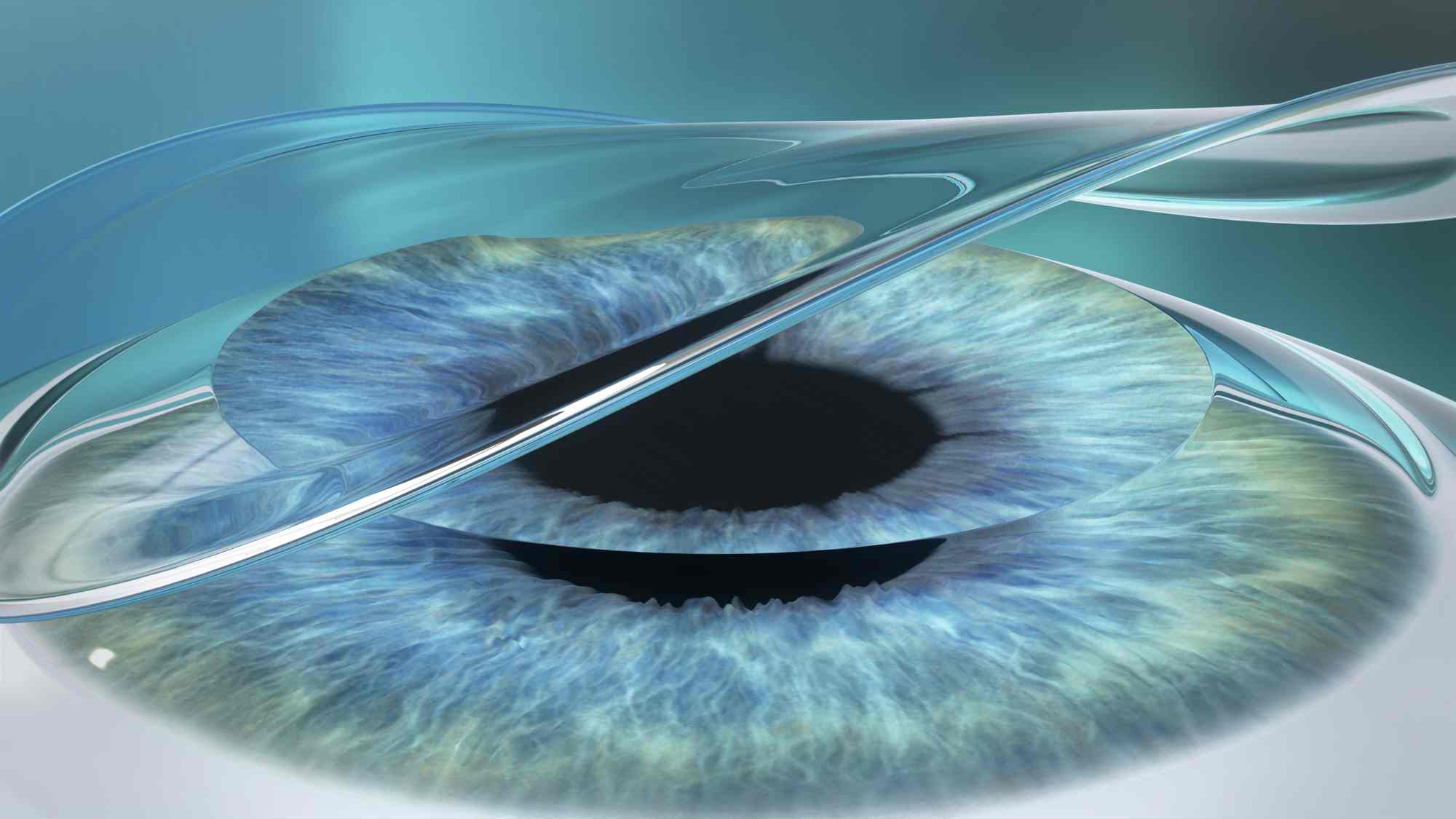
Step 4
Eye protection
To protect the eye and facilitate the healing of epithelium, a bandage lens is placed which may be kept for a few days or till complete healing.
PRK Videos
Frequently Asked Questions
PRK vision surgery, or photorefractive keratectomy, is a vision correction method that reshapes the cornea by removing its outer layer. This is a quick 10-minute and painless procedure made by local numbing. Almost 95 percent of patients experience life without corrective lenses after a period of postoperative care.
PRK can be a more suitable alternative for many patients ineligible for LASIK and in general but may have a longer recovery time. Both procedures have better visual improvement potential and permanent vision correction providing decades of results for patients in their 20s and 30s.
It can take one to three months with full stabilization taking six months to a year. In some cases, correcting measures such as glasses may be recommended in this period. Some individuals may qualify for demanding jobs with proper vision requirements as they gain a stabilized vision.
As it involves the use of a laser to remove corneal epithelium, which results in blurred vision during the healing process. With time vision progressively improves, and you may need temporary reliance on glasses.
Yes, as vision changes with age after 40, additional PRK treatment for eye corrections is possible. Reading glasses may be needed at some point.
Actually, PRK is found to be more suitable than LASIK for those with chronically dry eyes. LASIK may not be apt for severe chronic dry eyes.

